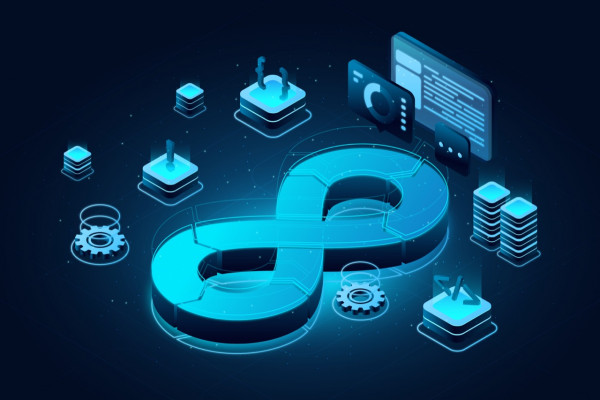A cyberattack means an attacker has found a way past your defenses. You may have completed your response, including containing, eliminating, and documenting. However, a malicious file may be in your system, evading your passive system monitoring. And for this reason, cyber threat hunting is integral to your organization’s security.
The main difference between threat hunting and threat detection is that threat hunting assumes aggressively that a breach has already happened or is about to happen. This assumption helps the hunters find the threat that evaded the passive detection system; these threats can be more dangerous and may avoid detection for months. When they do attack, an industry may lose $4 million on average, according to IBM.
Cyber threat hunting has three steps:
- Trigger
- Investigation
- Resolutions
The trigger tells the hunters where to look for the threat. The three primary investigation triggers for cyber threat hunters are:
- From the data recorded during the attacks worldwide, threat hunters identify the attackers’ techniques, tactics, and procedures (TTP) and the indicators of compromise (IoC). Then they look for the marks of such behaviors.
- Threat hunters use the known indications of attack (IoA) and TTP to detect malicious activity. This trigger depends on the domain expertise of the hunter.
- Advanced analytics using machine learning technologies can also trigger proactive threat hunting. These will analyze the behavior of your systems and detect anomalies from any unusual patterns.
In the second step, the hunters investigate the region pointed out by the trigger using various tools to understand if the activity is malicious or benign. If it is dangerous, the threat hunters create a detailed profile for it.
The final phase includes communicating the findings to the security team. The security team will then take the right steps to stop the threat and make security stronger.
Strategies
Even though most of the ways to look for cyber threats depend on the system, some are necessary.
- Baselining: This technique helps understand what would be the normal situation. That will help the hunters quickly find something unusual. Moreover, this strategy will significantly reduce the time.
- Threat Focussing: Looking for a specific threat in a system may make the search process faster as it will rigorously define the parameters. But the search has a higher chance of being false-positive.
Tools
Several tools exist for cyber threat hunting, each with various features and use cases. A few of them are below:
- Maltego CE: This tool helps you to analyze and compare data from various sources. It can create interactive graphs to communicate the comparison.
- Cuckoo Sandbox: You can use this tool to automate the detection and analysis of malware. It gives you a precise method of the operation of the threat for making a profile.
- TekDefense Automator: This software allows you to automate intrusion analysis. You only have to tell the sources and data types, and the software automatically checks URLs and hashes.
- YARA: Threat hunters use this software to create malware descriptions using boolean and string expressions, determining the malware’s identity.
- CrowdFSM: This framework automatically collects recent details of phishing emails and feeds them into YARA for creating malware descriptions.
- BotScouts: This software can prevent bots or automated web scripts from poisoning your database by tracking their IP, source, and email.
- Machinae: Cyber Threat Hunters can use this software to collect information, like IP addresses, URLs, emails, etc.
- AIEngine: This software can help you analyze your network to form firewall signatures. You can use this software for network forensics and collection and spam detection.
- YETI: Developers can use YETI to test TAXII (Trusted Automated eXchange of Indicator Information) applications. TAXII comprises message exchanges for seamlessly transferring threat details across various services and organizations.
- SIEM: This system combines Security Event Management and Security Information management. You can monitor, log, and analyze threats in real time; this will help you detect irregularities.
- Security Analytics Software: Modern technologies allow using big data analytics with AI technologies for faster investigation of a trigger. Moreover, you can also observe in more detail using such mechanisms.
Role of MDR in Threat Hunting?
Cyber-threat hunting requires more experience, advanced technologies, and efficient collaboration. Unfortunately, such skills are usually lacking in the in-house security teams. Therefore, you may need to outsource threat hunting to third-party services called MDRs, or managed detection and response. MDRs can proactively monitor for any threats in your system and respond to any breaches efficiently.
In conclusion, cyber threat hunting is essential to ensure your organization is safe. It tries to stay one step ahead of the infected malware before it starts damaging the infrastructure data. Moreover, they will help you detect advanced spyware designed to siphon confidential information. Industries realize this, and as a result, the market for cyber threat hunting may grow at a rate of 18.4% (CAGR) from 2022 to 2032, making the global market around 11.1 billion from 2 billion.



